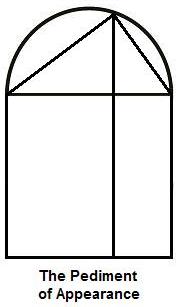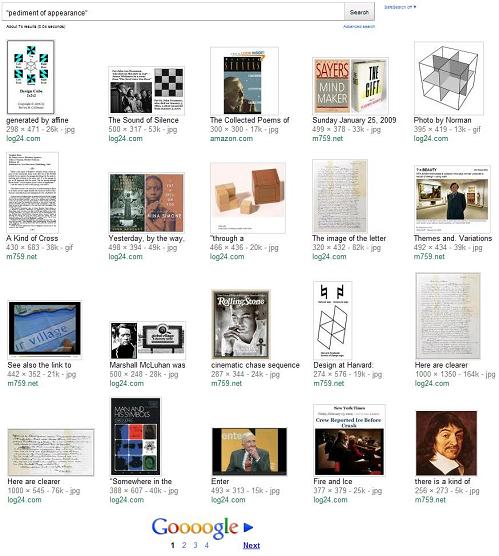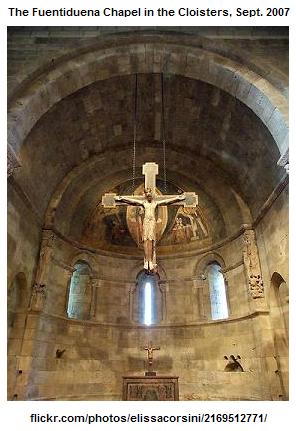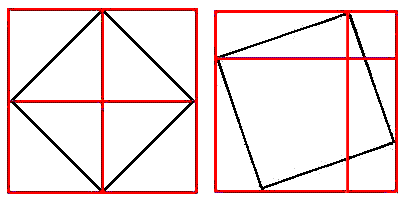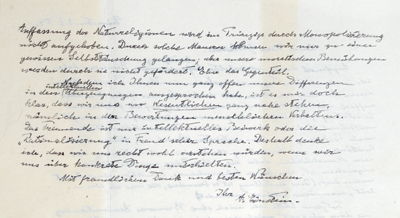From the preface to the inaugural issue of Tympanum: A Journal of Comparative Literary Studies—
Regarding the choice of name for this journal, tympan or tympanum is a word that designates several objects at once. Tympan is perhaps first of all a typographical term: as a printer's term in early book production, a tympan designated "the iron frame covered with parchment on which the paper was placed." Taken as an anatomical term, the word tympanum is another term for the eardrum, the oblique stretching of tissue between the auditory canal and the middle ear that allows one to hear: to hear others, to hear music, or even to hear oneself speak. The tympanum is a partition of the ear that separates inside from outside, translating various tones and punctuations, a liminal membrane traversed by hearing others speak. In this instance, the tympanum is a tissue, a weave or web that mediates hearing. It is by extension the term for the diaphragm of a tele-phone, that technological figure of the spatialization of the voice. As an architectural term tympanum names the pediment that sits atop the cornice or frieze of a building. And to this heterogeneous list one might add that in ancient Greece a tympanum, like the stoa or colonnades, was a gathering space for the discussion of philosophy. All these meanings could be enlisted to indicate the interests of this new journal.
By its very nature, a world wide web site would be a site of a mediation of or meditation on the problematic of space and place (in short: of "site" itself), and of their dislocation. In this way the web opens the possibility for a journal concerned with the problem of a mediated or textualized hearing.
Several of the articles contained in this first issue of Tympanum share a thematic of location and of reading and hearing….
Deborah Levitt's essay on Heidegger and theatre, in its exploration of the problem of space and place, implicitly touches on the very medium of the web: the perpetual dislocation of place from space. Levitt couples several of Heidegger's writings together with Artaud's on her Freiburg-Paris Express. Levitt's meditation on theory and theatre is at once incisive and innovative, and locates its opening problematic in the substitution of a metaphysics of sight by site, a move which she says opens a spatiality. In a recent issue of Assemblage, Sam Weber makes some remarks on the metaphysics of site that could indeed be used as a succinct introduction to the problems that Levitt's essay, Heidegger and the Theatre of Truth, engages:
If what we call "space" is, like the Platonic chora, on the one hand always already caught up in the process of making room for that determinate other of space that can be called place or site, and if, on the other hand, this process of making room remains distinct from the particular places and sites it makes way for, then the emergence of the latter from the former will inevitably appear as a more or less violent event. Violent, because the staking out of territory and the assignment of positions and posts can never simply legitimate itself in terms of preexisting borders. It cannot do this, since there is no original order to which such a process of partition might appeal without equivocation. In place of such an origin, there is chora: the process of partition and repartition as such, except that "as such" here is impossible to distinguish from: "as other." Such partition and repartition constitute the law, the nomos, of chora…3
3 Samuel Weber, "The Parallax View: Place and Space in Plato and Benjamin," Assemblage 20, MIT Press: 1993: 88.
The Tympanum preface (1998) is by Peter Woodruff.
Wallace Stevens—
"The pediment
Lifts up its heavy scowl before them."
Scowl courtesy of Samuel Weber—

- Author of "The Parallax View"
- Assemblage, No. 20, Violence, Space
(Apr., 1993), pp. 88-89
(article consists of 2 pages)
- Published by: The MIT Press
